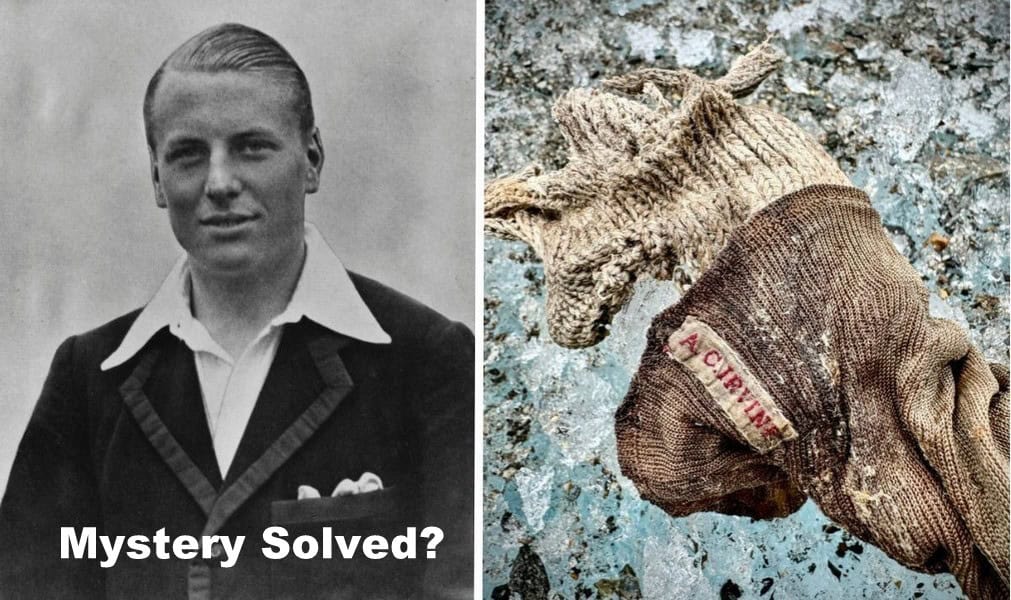
Andrew Comyn “Sandy” Irvine is central to one of the most interesting mysteries in mountaineering.
He, along with George Mallory, disappeared on the 1924 British Everest expedition, sparking nearly a century of speculation about whether they were the first to reach the summit. Now, with the recent discovery of his partial remains, new light is being shed on their fateful climb.
WARNING: This article contains graphic images. Reader discretion is advised.
Early Life
Sandy Irvine was born on April 8, 1902, in Birkenhead, England. He hailed from an upper-middle-class family with a strong tradition of academic achievement. Growing up, Irvine had a talent for engineering and physical activities. He excelled at rowing and was known for his athleticism and mechanical skills.
At Oxford University, Irvine was involved with the school’s mountaineering and outdoor community. His expertise with oxygen equipment caught the attention of expedition leaders who needed someone who could maintain and repair the oxygen cylinders in extreme conditions. Oxygen technology was still experimental at the time. When Irvine was selected for the 1924 Everest expedition, he was only 22 years old.
1924 Everest Expedition
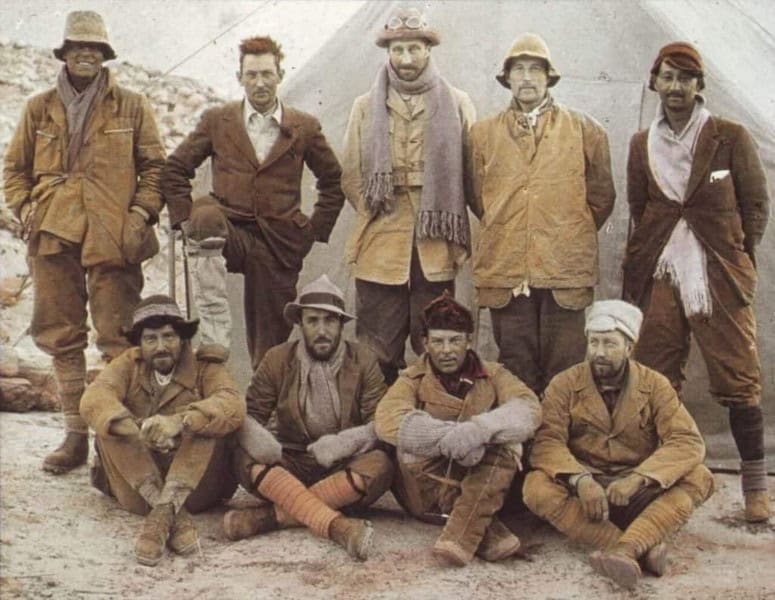
The British desire to claim the first ascent of Mount Everest was at its peak during the 1920s. George Mallory, a renowned climber, had already attempted Everest twice—one with and one without supplemental oxygen.
Though inexperienced as a mountaineer, Irvine quickly earned the trust of Mallory. His physical strength and mechanical knowledge made him a valuable asset to them team. The use of supplemental oxygen, though still controversial at the time, was the cornerstone of their summit plan. Irvine’s inclusion on the team was largely due to his capability with the cylinders.
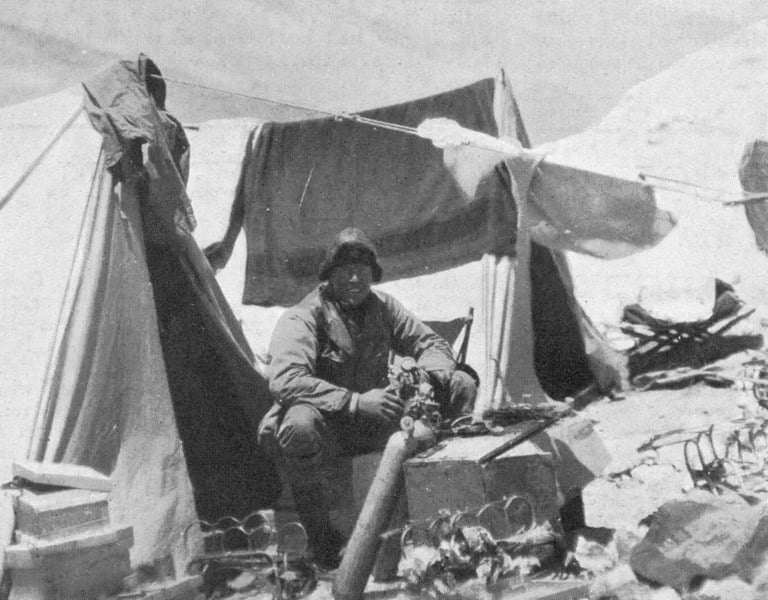
The Final Ascent
Mallory and his team established a staging camp on the North Col, at approximately 23,000 feet (7,010 meters). From there, they made two attempts to reach the summit but stopped short at 28,126 feet (8,573 meters), nearly 1,000 vertical feet shy of Everest’s peak. As the summer monsoon loomed, the team was running out of chances.
Irvine, who had been suffering from diarrhea and sunburn, was not part of the first two summit attempts. But Mallory asked Irvine to join him for one last try, equipped with the oxygen systems that Irvine had been preparing for weeks. On June 8, 1924, Mallory and Irvine set off from a camp high on the North Col at around 26,800 feet (8,170 meters). They were last seen by their teammate Noel Odell, who said they were “going strong” towards the Second Step, at approximately 28,000 feet (8,530 meters). This was the last confirmed sighting of the climbers alive.
It is suspected that both men fell while descending.
1999 Discovery of Mallory’s Body
For decades, climbers and historians speculated about whether Mallory and Irvine reached the summit.

The discovery of Mallory’s body in 1999 provided some answers but left many questions unresolved. Mallory’s remains, found at around 26,760 feet (8,160 meters), suggested that he had fallen. A broken leg and deep rope marks around his waist indicated that he and Irvine were tied together when they fell. The absence of a photograph of Mallory’s wife, which he had intended to leave at the summit, fueled theories that they might have reached the top.
But the fate of Sandy Irvine—and the Kodak camera they carried—remained unknown. This camera was thought to potentially hold photographic evidence of their summit attempt.
2024 Discovery of Irvine’s Boot
In September 2024, photographer and filmmaker Jimmy Chin and his National Geographic team made a discovery that would reignite the search for Sandy Irvine’s remains.
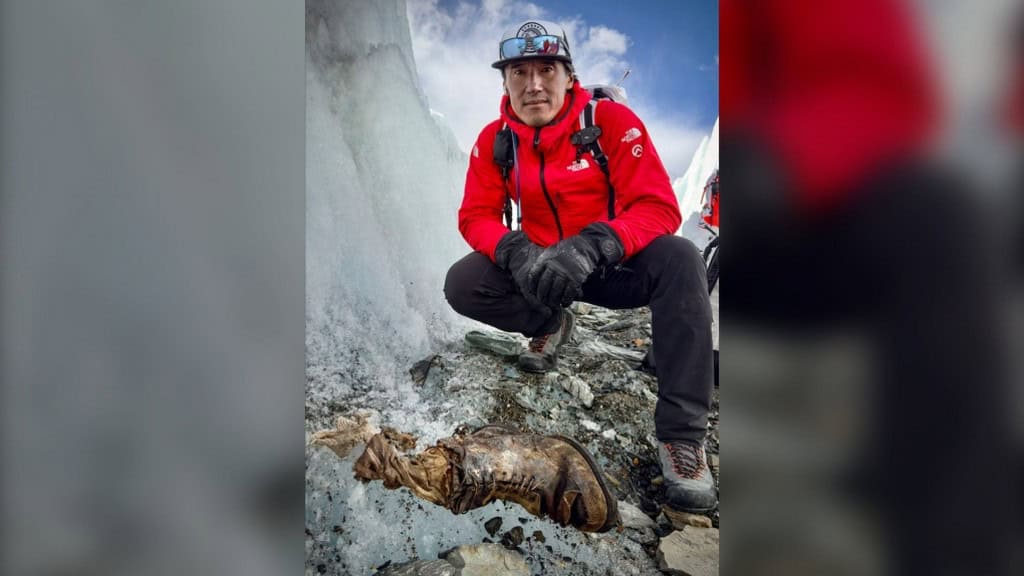
While descending the Central Rongbuk Glacier on the north face of Everest, the team came across an old oxygen cylinder, marked with the date 1933. This oxygen bottle, from a failed British expedition nine years after Mallory and Irvine’s disappearance, instantly piqued their interest.
On a 1933 expedition, climbers had found an ice axe that was believed to Irvine’s. It was high on the northeast ridge at 27,750 feet (8,458 meters), well below the site where Mallory’s body was found. The bottle’s location, far down the glacier, led Chin and his team to speculate that if oxygen equipment had tumbled this far down, it was possible Irvine’s body had also been swept further down the mountain.
Believing that Irvine’s remains could be nearby, they searched the area. Several days later, while navigating the folds and crevasses of the glacier, Chin’s teammate Erich Roepke spotted something unusual emerging from the ice. As they drew closer, they realized it was an old boot, and inside, part of a human foot! When Chin lifted the sock, he saw the red label stitched with “A.C. IRVINE,” confirming the discovery of Andrew Comyn Irvine’s remains.
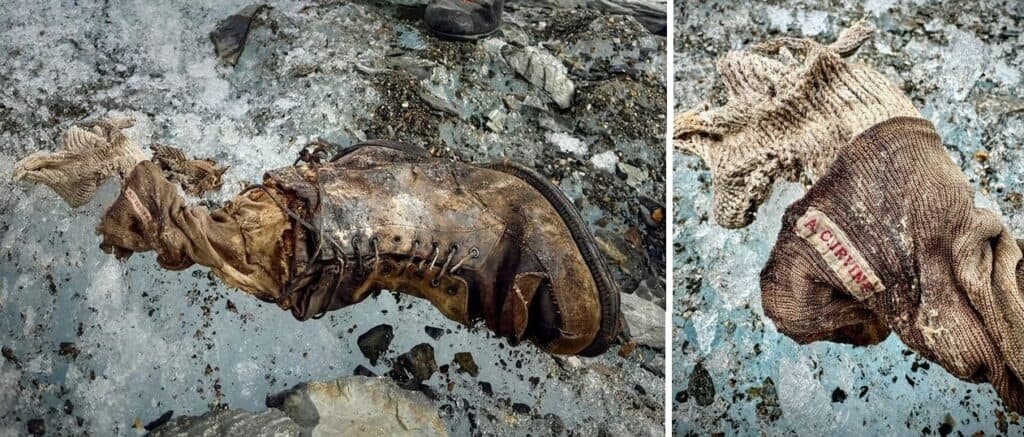
Is Sandy Irvine’s Body Still on Everest?
This discovery provided the first physical evidence of Irvine’s whereabouts since his disappearance. The team speculated that the boot had recently melted out of the glacier, likely within the past week, making the discovery even more remarkable.
With permission from the China-Tibet Mountaineering Association (CTMA), a government authority that oversees the north side of Everest, Chin turned over the boot and foot to the CTMA. However, the rest of Irvine’s body has not been uncovered.
The find has sparked renewed hope that more of Irvine’s remains, and possibly the elusive Kodak camera, might still be located nearby. The National Geographic team believes that other artifacts may soon emerge from the ice, offering fresh clues about what happened during the fateful 1924 climb.
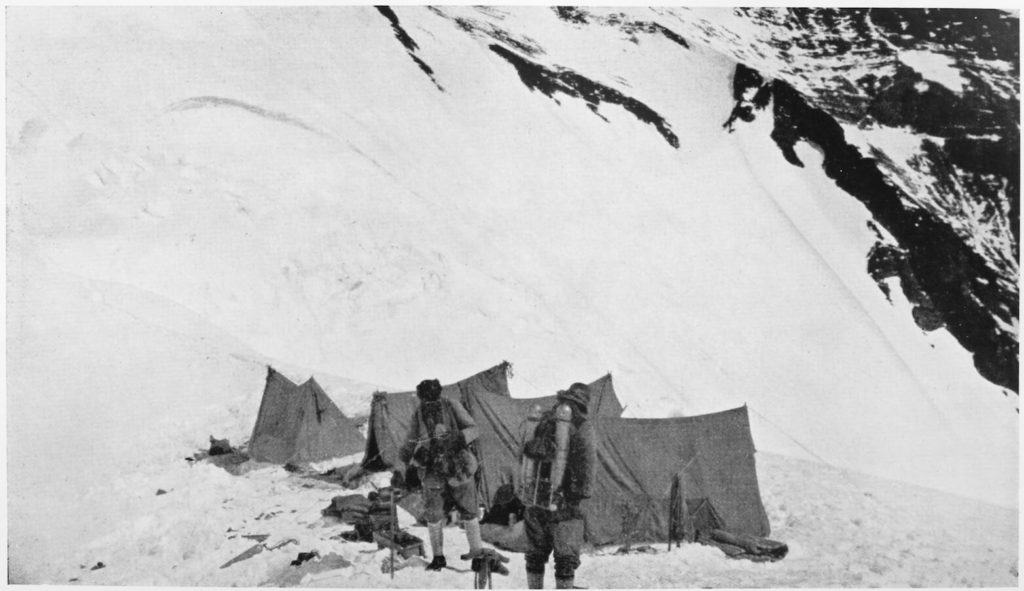
Was Irvine’s Body Thrown Off the Mountain?
There have been longstanding rumors about the Chinese authorities and their role in the mystery surrounding Mallory and Irvine’s disappearance.
In 1975, Chinese climber Wang Hongbao claimed to have seen a body on Mount Everest during a Chinese expedition. While walking near Camp IV on the north face, Wang described spotting the remains of what he referred to as an “old English dead,” believed to be either Mallory or Irvine. Wang’s account, however, did not reach the Western climbing community until later, and no immediate search was conducted based on his description.
Wang’s sighting was significant because it aligned with the general area where Mallory’s body was eventually found in 1999, approximately 750 feet (230 meters) below the spot where Irvine’s ice axe had been discovered in 1933. However, the body he claimed to have seen has never been identified.
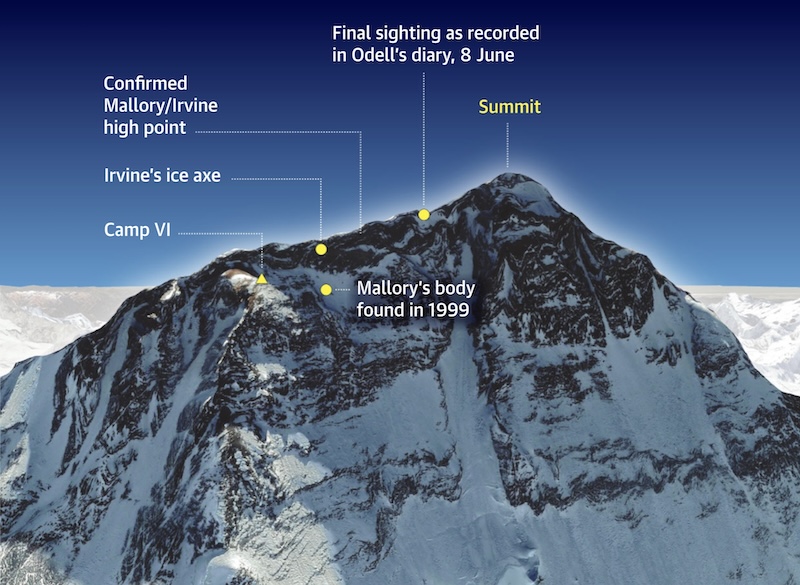
Some believe that Chinese authorities might have removed Irvine’s body to protect their claim that their 1960 expedition was the first to summit Everest from the North Ridge. One unverified account suggests an official from the CTMA said that Irvine’s body was “thrown off the mountain” to prevent further scrutiny. The Chinese government denies any involvement.
The possible disappearance of Mallory’s body added fuel to the rumors. Mark Synnott, an American guide, had GPS coordingates of Mallory’s burial site. But a subsequent expedition to the suggested that his body had been moved or removed entirely.
Final Words
Irvine’s disappearance, along with Mallory’s, has fueled nearly a century of speculation, mystery, and intrigue. Whether Mallory and Irvine reached the summit before their tragic deaths remains one of the great unsolved questions of Everest. But the discovery of Irvine’s remains brings the climbing community a step closer to understanding their fate. As the search for more answers continues, his legacy as part of one of mountaineering’s greatest mysteries remains intact.
Irvine’s great-niece, Julie Summers, expressed her gratitude upon hearing of the discovery. For Irvine’s family, the find offers a sense of closure after decades of uncertainty.
May he rest in peace, wherever he may lie.




























































